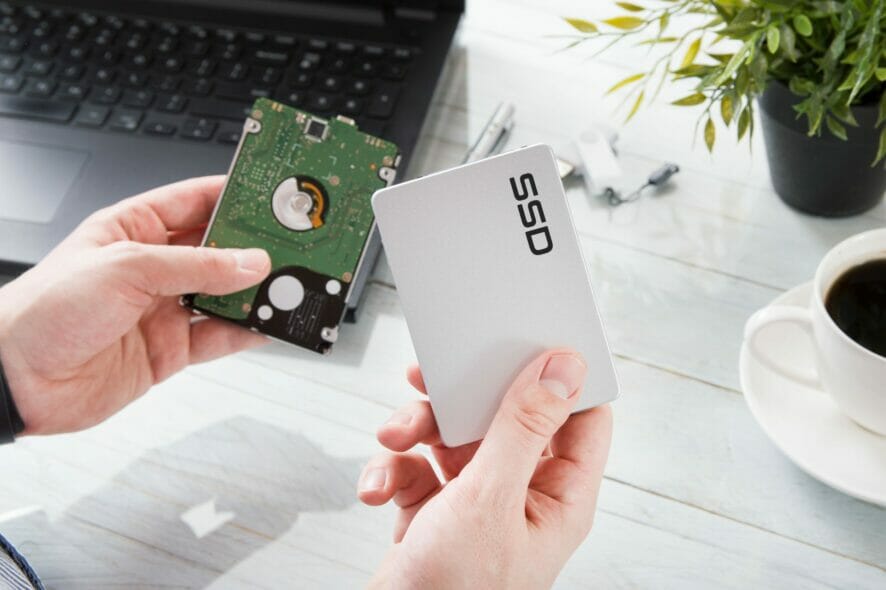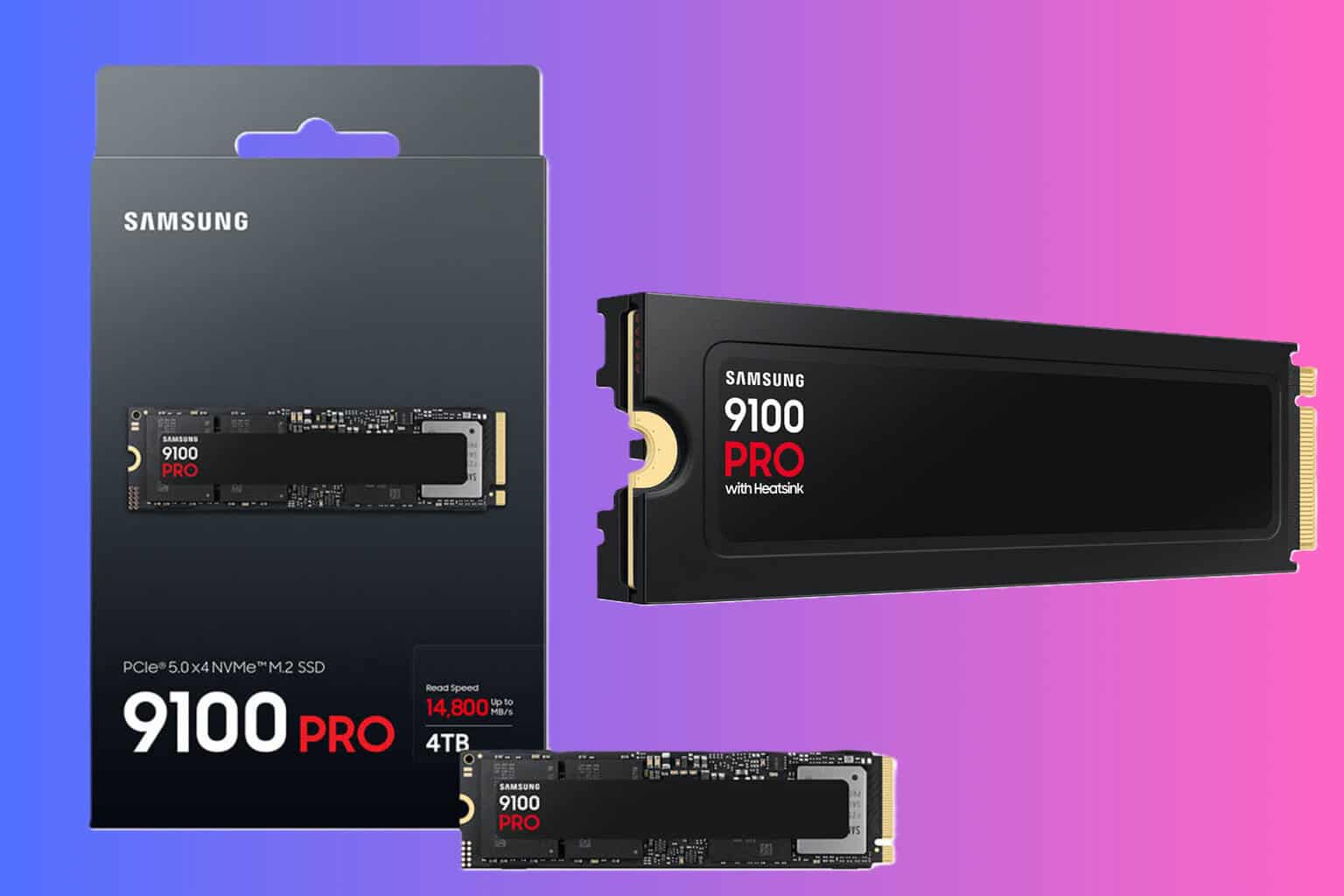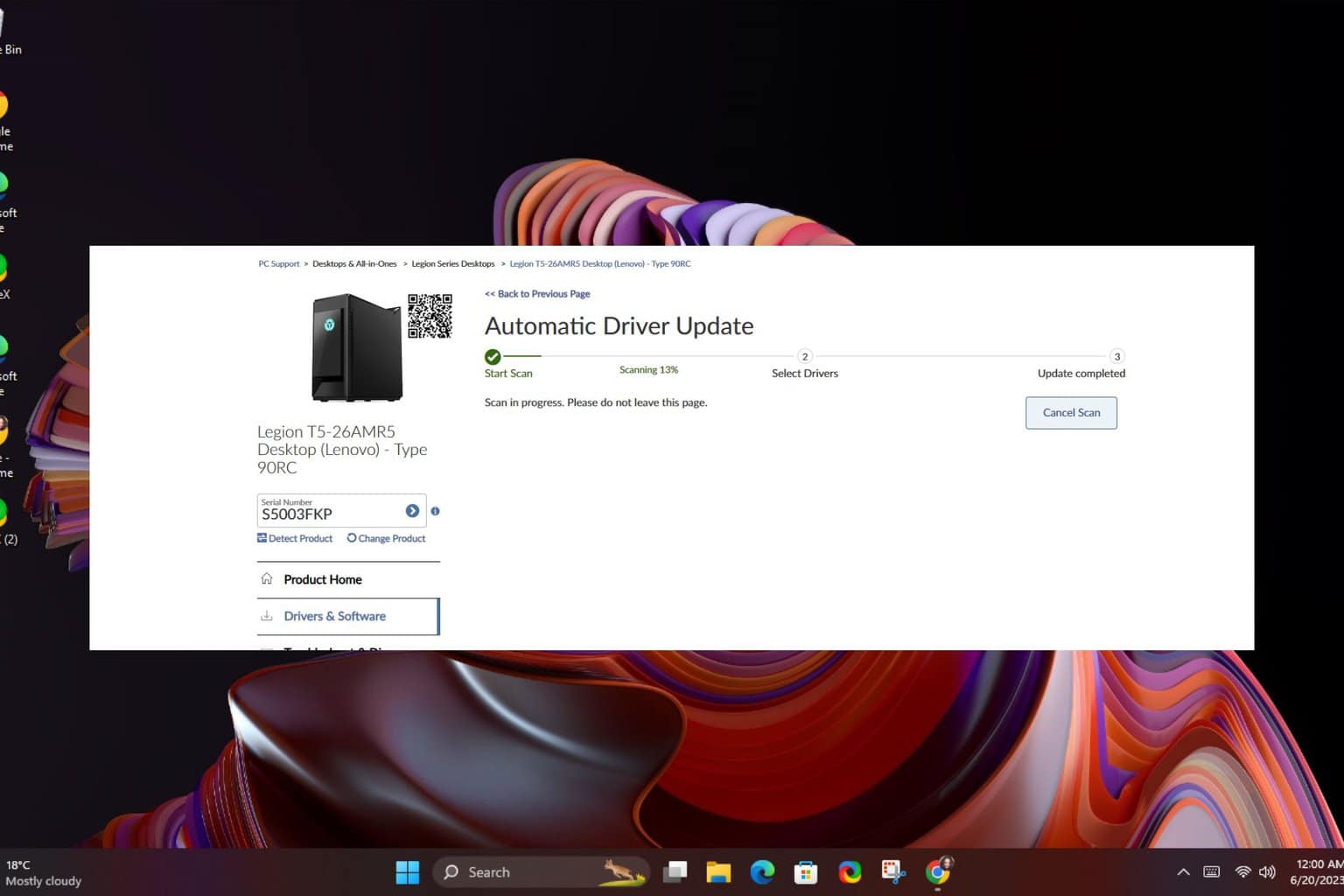SATA SSD not listed as boot option [Quick Fix]
3 min. read
Updated on
Read our disclosure page to find out how can you help Windows Report sustain the editorial team. Read more
Key notes
- An SSD is a great investment, but sometimes your SSD can encounter certain problems.
- Many users reported that SATA SSD is not listed as boot options on their PC, and today we’re going to fix that.
- Looking for more information about SSDs? This Solid State Drive article has all the information you need.
- Having additional problems with your PC? For more guides, be sure to check our Laptops & Computers Hub.

Having an SSD is a great way to improve your PC performance and reduce the boot time, but what if SSD is not listed in boot options?
This can be a problem and prevent you from using your SSD as a boot device. Fortunately, there’s a way to fix this problem, and in today’s article, we’re going to show you how to do it properly.
What can I do if SATA SSD is not listed as boot options?
1. Check your BIOS settings
- Enter BIOS. Keep in mind that different devices use different shortcuts for accessing BIOS.
- Enable the CSM option.
- Now set the SATA mode to AHCI.
After doing that, you should be able to see your SSD in the boot options. To see how to locate and change these settings, be sure to check your motherboard manual.
2. Try starting the system with only SSD connected
- Disconnect your computer case from the power outlet and open it.
- Now disconnect all drives except your SSD.
- Try to boot again.
- If your system boots, connect other drives and check if the problem is resolved.
Keep in mind that this solution might void your warranty if your computer is prebuilt.
Note: Some users reported that connecting the SSD to the SATA port 0 and hard drive to the SATA port 1 fixed the problem for them, so be sure to try that as well.
Also, make sure that your SSD drive is tightly connected to both data and power cable.
3. Use a third-party software
If your SATA SSD is not listed in boot options, it’s possible that you didn’t clone your disk properly. To avoid these types of issues, it’s advised to use reliable backup software such as AOMEI Backupper.
The software offers system backup, so it will be able to create an identical system backup and move it to your SSD. Of course, you’re not limited just to system backup, and you can back up both disks or partitions.
AOMEI Backupper also supports file sync and file backup, and you can even schedule backups or create event-triggered backups. Of course, incremental and differential backups are available as well.
The application has a hot backup feature, so you can create backups in the background without disrupting your other tasks.
Overall, AOMEI Backupper is great software if you need to clone your operating system to a new SSD drive, so be sure to try it out.
Other great features:
- Ability to store backups on external storage, optical disks, NAS, or the cloud
- Command-line support
- Selective file restore from image files
- Flexible disk cloning
- Bootable rescue media
4. Upgrade or reinstall your BIOS
- Download the latest version of BIOS for your motherboard.
- Now upgrade to a new version of BIOS.
- After upgrading to a new version of BIOS, check if the problem is still there.
Note: BIOS upgrade is an advanced procedure, and if you fail to upgrade BIOS, you might cause permanent damage to your motherboard.
To ensure that the BIOS upgrade is performed properly, download the correct version of BIOS and follow the instructions from your motherboard manual carefully.
In some instances, users reported that reinstalling their BIOS fixed the problem, so if you’re an advanced user and you know how to do that properly, you might want to consider it.
If your SATA SSD is not listed as a boot option, the problem might be your settings, but we hope that this article helped you fix this problem for good.








User forum
0 messages